Surrounded by beautifully landscaped gardens and sprawling parkland in the centre of London, Kensington Palace is an extraordinary treasure house brimming with royal history.
It might be large in stature, but Kensington Palace is also understated for a royal residence in England’s capital. There are few ornate features to the exterior and it is handsome, rather than beautiful. Given that it’s at the heart of London’s Hyde Park and surrounded by swarms of dog-walkers, joggers and picnickers, it’s surely one of the most accessible palaces in the world.
Yet it is home to The Duke and Duchess of Cambridge, and their son, Prince George, and daughter, Princess Charlotte. The family is the latest in a long line of royal residents that dates back to 1689, when King William III and his wife Queen Mary II came to the throne.
Traditionally, Whitehall Palace was where the monarch would reside. But King William decided to part with convention, not least because the riverside location of Whitehall seemed likely to exacerbate the chronic asthma from which he suffered.
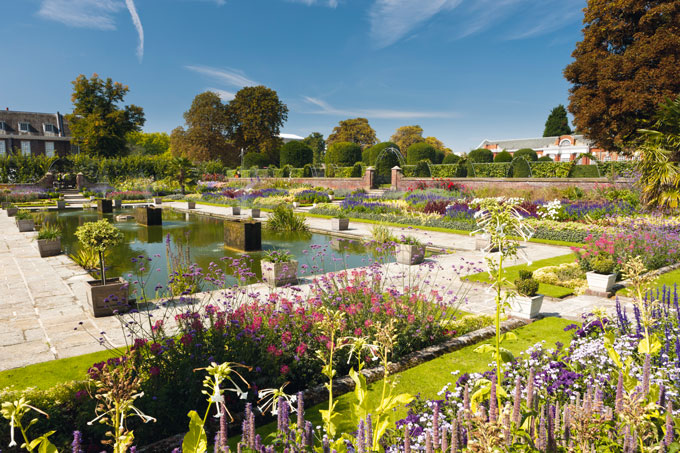
Instead, he purchased a Jacobean mansion that stood in what was then the village of Kensington, outside of London’s smog. Nottingham House was bought for £20,000: this was how Kensington Palace began its life.
“The first thing you see at Kensington is a confusing assemblage of different ranges,” says Lee Prosser, Buildings Curator at Historic Royal Palaces. “Thanks to the piecemeal way it’s been built, it’s not architecturally coherent.”
Within weeks of William and Mary moving to Kensington, Sir Christopher Wren was instructed to enlarge the house so as to reflect the royal couple’s status and added pavilions onto the four corners. They have been rebuilt now but how they look today reflects Wren’s original work. Wren also built the long range to the west where The Duke and Duchess of Cambridge now live.
The King’s Gallery – a long room on the first floor – was built to display King William’s paintings and fine furniture. The Queen’s Chamber, a wing to the north of the palace, was added for Queen Mary in the early 1690s as a place where she could house all of her treasures. It includes The Queen’s Gallery, which would have been a place to display unusual and exotic artefacts, while The Queen’s Drawing Room is filled with her vast collection of porcelain.
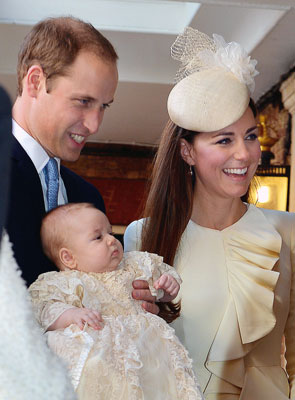
Both William and Mary died at Kensington Palace: Mary of smallpox in 1694 and William eight years later after falling ill following a riding accident. With no children to succeed him, the throne passed to William’s sister-in-law, Anne. She and her husband, Prince George of Denmark, moved to Kensington Palace and her additions to the gardens created a much-coveted aesthetic. The Orangery that Sir John Vanbrugh built in 1704 to house her exotic plants is the ultimate example of Queen Anne style.
Inside, the palace is largely decorated with flamboyant artwork created by William Kent during the reign of King George I (who succeeded Queen Anne in 1714). Unfortunately George only lived for a few years to appreciate the work and died in 1727.
So it was King George II and his wife Queen Caroline who enjoyed the fruits of Kent’s labours during their long residency at the palace. At this time it entered its heyday and was the centre of court life. Queen Caroline, who was widely believed to be more intelligent and refined than her boorish husband, was responsible for transforming the gardens. Her style became known as the English Landscape Movement.
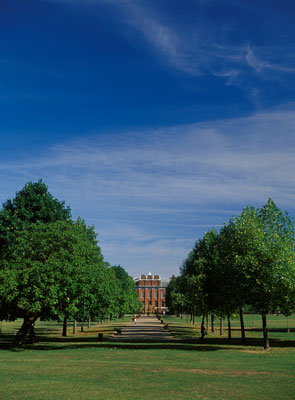
“She swept away the old-fashioned parterres and created a modern style with large open vistas,” explains Prosser. “Hyde Park is basically the garden for the palace; we don’t always think of it like that now as it is a municipal space, but avenues of trees radiate from the palace. The round pond was designed to complement it.”
Although famous for its royal residents, Kensington Palace has also been home to more humble folk with tales to tell. William Hester was the first ‘royal rat killer’ employed at the palace during William and Mary’s residence to address the unglamorous vermin problem. Hester wore a crimson and black velvet coat that was embroidered with crowns, rats and wheat sheaves.
Another unusual character is Peter the Wild Boy, a feral child found living in the woods near Hanover in Germany and brought to live with King George I – as a human pet. “He wore a collar to prevent him from getting lost, which survives today,” says Prosser. “It said something along the lines of ‘please return me to the king’ on it.”
Peter’s image features on the mural on the King’s Stairs where courtiers would ascend to enter the State Rooms. Prosser points out Queen Caroline’s hairdresser in the painted crowds, and on the ceiling the chubby face of William Kent, who was “fond of mutton chops”.
How far courtiers were permitted to venture into the series of rooms that unfolds at the top of the stairs depended on how important they were. The first room is the Presence Chamber, notable for having a gilded, but threadbare, armchair flanked by busts of King George II and Queen Caroline. A painted ceiling by Kent is one of the first examples of the grotesque style in the country.
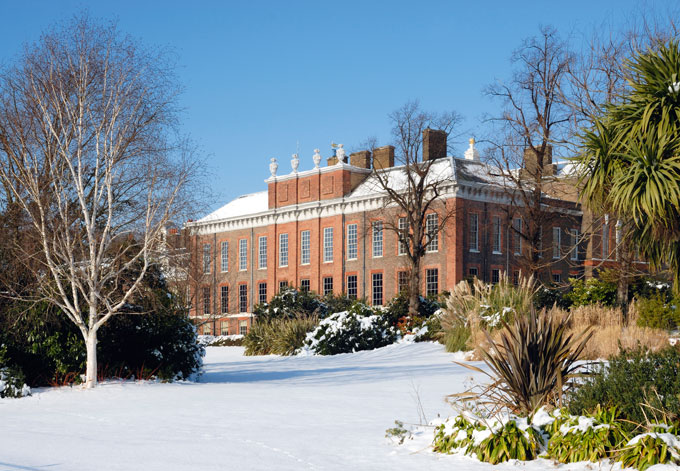
The Cupola Room is the centrepiece of the palace and, explains Prosser, the “footprint of that pre-palatial building”. Its function was circulation space for courtiers.
One of the most thrilling rooms is the Council Chamber, which contains an extraordinary flat-fronted ‘court mantua’ dress from 1750. Worn by female courtiers in these very rooms, such dresses seem cartoonish and comically wide to a contemporary audience. “Court mantuas were a means of showing off silk,” says Prosser. “They were only seen at court – ordinary women would not have worn them in the street. In the outside world, fashion moved on. However, court dress wasn’t abolished until 1958.”
The King’s Gallery is the climax of the whole suite of rooms: if courtiers made it this far, they were very much in favour with the king. It is one of the most impressive places in the palace. The gallery was used for exercise but also contains paintings including a copy of Van Dyck’s portrait of King Charles I on horseback.
The palace fell out of royal favour during the reign of King George III who left it for lesser royals and courtiers to reside in. But by 1798 George III’s fourth son Edward, Duke of Kent, lived at the palace. His daughter, Alexandrina Victoria, was born in his apartments on 24 May 1819 and christened in the Cupola Room, using a punchbowl from the Tower of London.
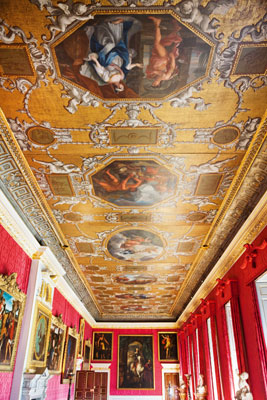
That daughter spent the next 18 years at the palace. She loved the building but had an unhappy time thanks to a pushy mother and scheming courtiers. Then on 20 June 1837 Victoria woke up to find that she was queen; her uncle King William IV died with no living legitimate issue.
An exhibition – Victoria Revealed – dedicated to Queen Victoria’s life at the palace runs through the apartments that she once lived in and includes her toys and dolls. There is an amazingly intimate portrait of Victoria by Franz Winterhalter that was exclusively for her husband Prince Albert; her shoulders are bare and her hair is down. “This was very risqué,” comments Prosser. “The relationship was a love match: Victoria wrote how Albert would place her stockings on her, which says it all.”
Dresses worn by Queen Victoria are also on display: the black dress she wore when her uncle died and her white wedding dress have been beautifully preserved.
Towards the end of the 19th century, when Queen Victoria’s daughters Beatrice and Louise were living at the palace (the latter, a sculptor who created the impressive marble statue of her mother that stands between the east side of Kensington Palace and the round pond) fell into a sorry enough state for a nationwide campaign to be launched, appealing for help rescuing the palace from ruin.
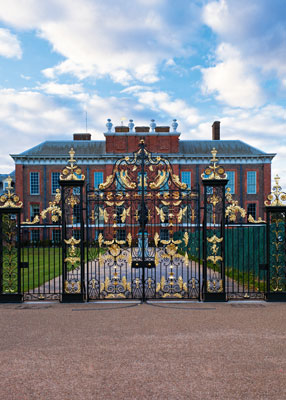
In 1897, the restoration of the State Apartments was approved: the government agreed to foot the bill on the proviso that the rooms would be open to the public. Two years later, Queen Victoria opened them on her 80th birthday. The following year, over 340,000 people visited.
The palace played an important role in World War I, when it was used as charity offices. Princess Louise even allowed injured officers to rest in her apartments.
By 1963, Princess Margaret and her husband, Lord Snowdon, the society photographer, had moved into an apartment at the palace. This marked a change in pace for the building, as parties for their celebrity friends, including Elizabeth Taylor and The Beatles, were a regular fixture.
Of course, Kensington Palace was also home to the late Diana, Princess of Wales. After her death in 1997, thousands of tributes to her were left at the gates. Today, a large photographic portrait of the ‘people’s princess’ hangs near the visitor entrance.
What makes Kensington Palace (and all of the historic royal palaces) different is that it’s not a museum and nor is it a redundant stately home. It is an official royal residence and despite the pomp and majesty, it’s home to a new baby and his parents – a grand place of intimate retreat.
Have you visited Kensington Palace? What were your hightlights? Tweet us @BritainMagazine
Related articlesWin a Welsh countryside getaway |

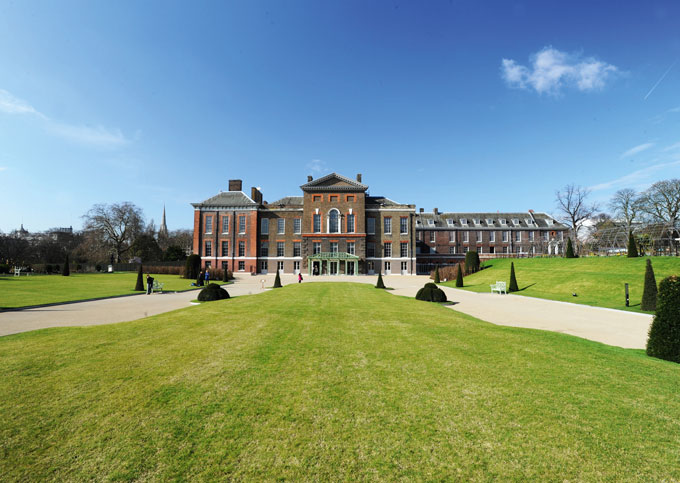




 © 2024
© 2024